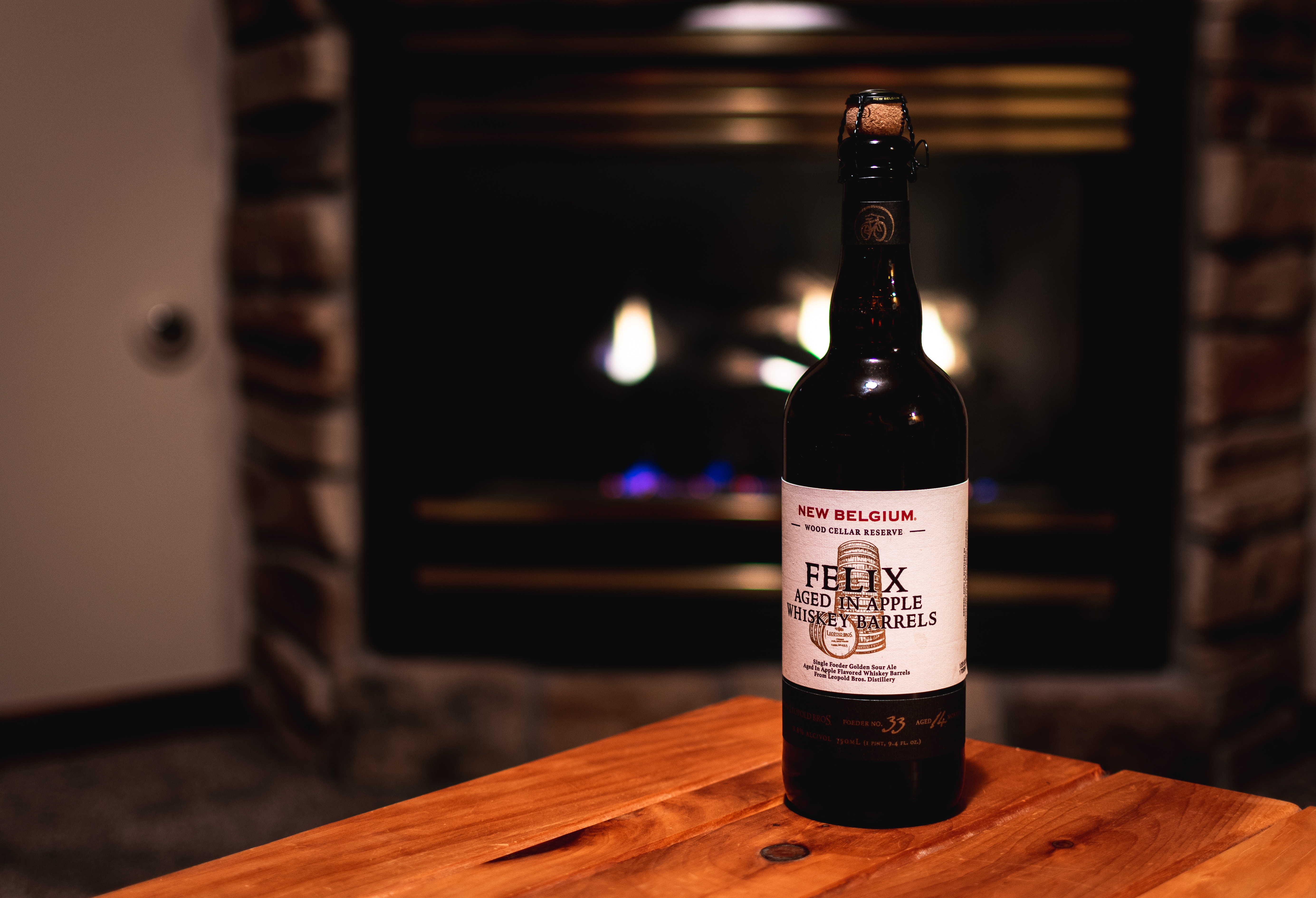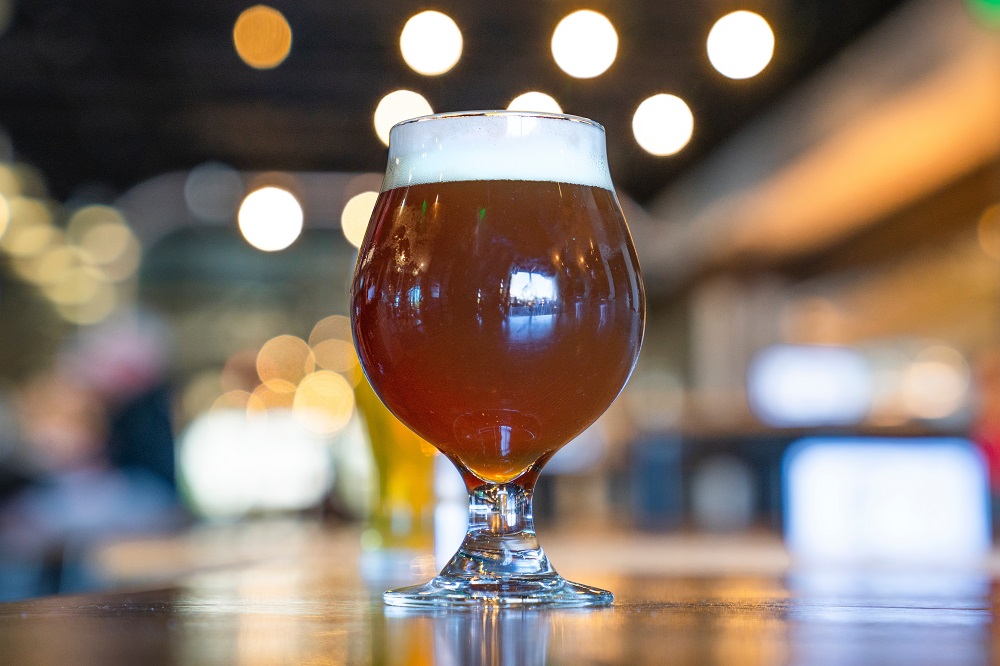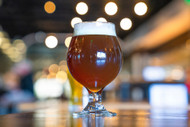Lactic Acid: How to Make Sour Beer
By on Jun 25th 2019
While most brewers take careful measures to avoid bacteria infiltration, there are times when it’s intentionally added during the brewing of certain beers. Sour beers are beers that have been deliberately brewed to taste acidic, tart, or sour. They get their characteristic flavor with the help of Lactic acid.
Lactic Acid
Lactic acid is an inorganic acid that falls under the classification of alpha-hydroxy acid (AHA). It can be produced both naturally and synthetically; lactic acid is formed naturally via the bacterial fermentation of carbohydrates.
As a food additive, lactic acid is approved for use in the USA, EU, Australia, and New Zealand. On labels, it’s listed by its INS number 270 or as E number E270. This chemical compound is found in sour milk products like yogurt and kefir as well as sourdough bread. As previously mentioned, lactic acid is also found in various styles of sour beer.

Sour Beer
While sour beers are gaining popularity among modern beer drinkers, they are not a new creation (although new methods and experimentation has led to some excitingly modern beers!). In the past, technically almost any beer could be a sour over time if you didn’t drink it fast enough.
Prior to modern sanitation practices, it was easy for wild yeast and bacteria to enter the wooden beer barrels or open storage vessels. The trick was to drink the beer quickly before it became too sour/acidic to enjoy. However, in some areas, regional brews tasted better when soured, thus we have these deliciously tart brews today.
While any beer can be made sour, most brewers follow either traditional or standardized guidelines. Here are some examples of sour beer styles:
Berliner Weisse
Dubbed by Napoleon’s troops as “the Champagne of the North,” Berliner Weisse is a regional variation of Northern Germany’s wheat beer style. This sour beer has around 3% alcohol by volume and can be made from combinations of malted barley and wheat. With Berliner Weisse, the fermentation occurs with yeast and lactic acid bacteria; the Lactobacillus bacteria gives this popular beer its distinguishing taste.
Flanders Red Ale
Flanders red, or Flemish red-brown, is a style of sour ale from West Flanders, Belgium. Traditionally, these beers got their distinct sourness due to the aging process. This style is aged in oak barrels for up to two years, where microorganisms in the wood affect the fermentation (specifically, Lactobacillus). Flanders red ales have a strong fruit flavor and are often considered the most wine-like of all beer styles.
Lambic
Lambics hail from the Pajottenland region of Belgium and in Brussels. Historically, this style of beer has been made using what’s called spontaneous fermentation, meaning the beer utilizes wild yeast and bacteria from the environment. This style can be broken down into four categories: geuze, framboise, kriek, and straight lambic. Due to the different brewing process, lambics have a distinct flavor: dry, vinous, and cidery with a sour aftertaste.
Gose
Goses are a warm fermented style sour beer with origins in Goslar, Germany. Dominant flavors include lemon sour, herbal, and saltiness. Because Goses use salt and coriander, they do not comply with the Reinheitsgebot (you can learn more about that here). Generally, their alcohol content is around 4-5% ABV. Its characteristic sourness is acquired through the inclusion of Lactobacillus bacteria.
Brewing Sour Beers
Sour beers can be off-putting to some brewers for at least two reasons. For one, the traditional way of making sour beers is not a quick endeavor and can take months or even years to properly ferment and sour. Pediococcus (a type of bacteria) and Brettanomyces (a wild yeast commonly used in sour beers) are particularly slow. Additionally, many brewers are hesitant because these cells can contaminate a clean batch on non-sour beers, like IPAs.
There are shortcuts to making sour beers, though, and these methods are taking off as more and more people are looking to drink sours. While some may consider this “cheating,” as it deviates from traditional methods, the results are, arguably, equally delicious. It is important to note, though, that these methods will lead to a clean character; if you want the more complex funk of traditional sours, you’ll have to go the traditional method.
If you’re looking for a quick solution to sour beer, you have at least two options: sour mashing and kettle souring (also known as sour worting).

Sour Mashing
With both of these two methods, the goal is to create a positive fermenting environment for your Lacto and a negative environment for everything else. The goal is to really hone the beer’s sourness first.
While there are a number of ways to successfully sour mash, the easiest method is to mash first, then allow it to cool a bit. Then you can either add a pure culture of Lactobacillus or some unmashed base grain (which will naturally contain Lactobacillus). While brewing, do everything you can to minimize the oxygen in the mash, especially when sampling. Failing to do so may result in the growth of aerobic bacteria that will ruin your flavor. Once you reach your desired acidity, just do what you normally do.
Kettle Sours
This is basically the same process, except you add the Lacto to your kettle, rather than your mash vessel. For kettle souring, mash, lauter, and sparge as usual. Allow your wort to cool to lacto-friendly temps and add your culture. Protect your wort against unwanted invaders by keeping it covered. Once you hit optimal acidity, boil as usual.
The best way to make your ideal brew, regardless of which method you choose, is to make sure your mash/wort has the optimal pH. You can adjust the pH by using food-grade lactic acid or phosphoric acid.
Spike Your Beer
There is an even easier way to add acid to your beer: you can simply spike it! If you want to skip the steps of adding Lactobacillus to your wort and minimize the risks of a flavor disaster on your hands, you can always just add lactic acid directly to your beer. Really, it’s as simple as that.
Now, beer purists are going to view this method as cheating and some say that doing so will result in an artificial-tasting sourness. That is, of course, a matter of opinion. While you will not get the same characteristics/funk as traditional brewing methods, as already mentioned above, this method gives you complete control over lactic acidity, something that isn’t even available with sour mashing or kettle souring.
In fact, the lack of funk may be more appealing to a wider scope of beer drinkers. Brettanomyces is a bit of a divisive flavor. This wild yeast strain, often called “Brett,” may be the reason why sours remained on the fringes craft and mainstream beer for so long. Its flavor, often described as “barnyard funk” or “horse blanket,” doesn’t appeal to every palate. For brewers looking to make a sour beer that is clean and approachable, spiking with lactic acid is an ideal solution for a milder experience.
Sources:
https://beerandbrewing.com/the-art-of-tart-the-many-ways-both-quick-and-slow-to-make-sour-beer/
https://www.thrillist.com/drink/nation/best-sour-beers
https://www.morebeer.com/articles/brewing_with_lactic_acid_bacteria






